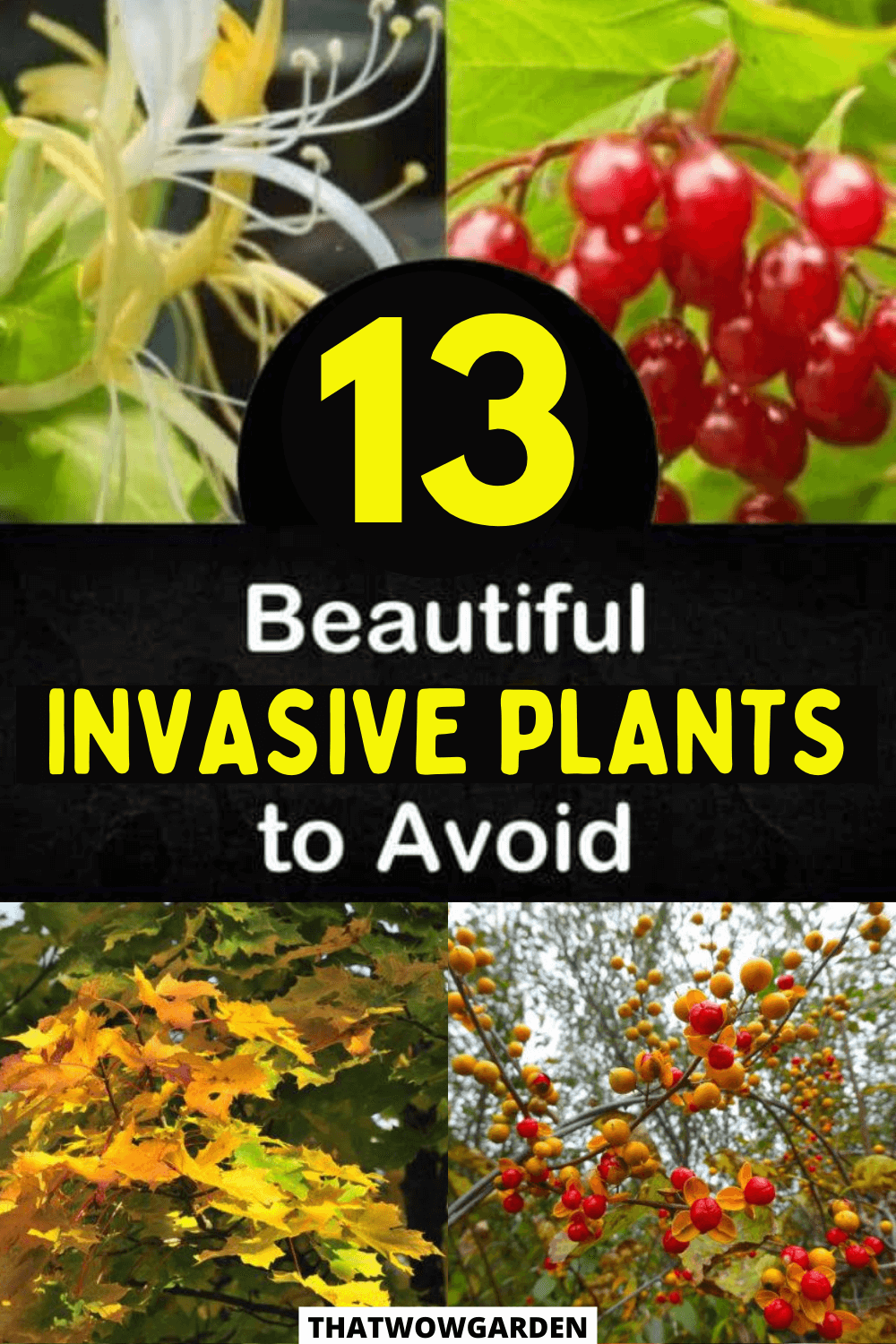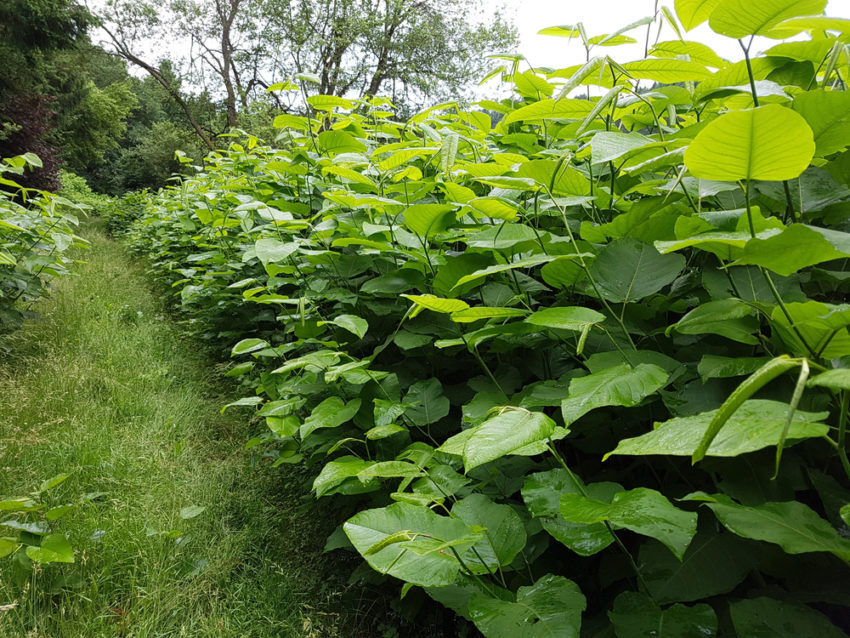Gardening is a fun hobby, but it comes with its challenges. While you do want the most exotic plants in your garden, you should be wary of planting invasive plants. These plants multiply and feed off their surrounding plant’s nutrients. Moreover, their roots grow like weeds and destroy your whole garden shortly.
It’s best to resist the temptation of planting such plants lest you want to ruin your whole soil quality. Some of these plants won’t spread instantly but show their true colors after a year or two.
Here we list 13 of the gorgeous invasive plants you should avoid planting in your garden. The list has some great and attractive invasive plants you may have seen in your nursery. Check out the whole list and remember to look away from these if you find them at the nursery.
13 Beautiful Invasive Plants That You Don’t Want In Your Garden
1. Purple Loosestrife
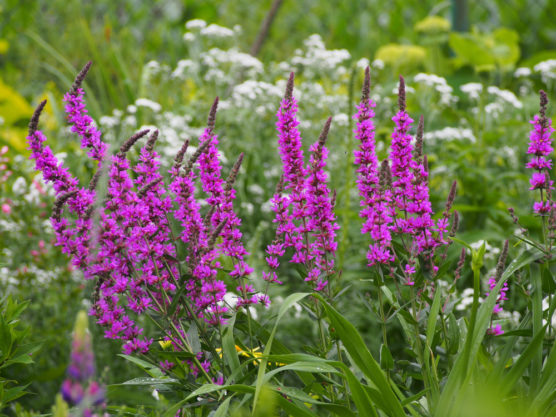
The gorgeous Purple Loosestrife is a joy to watch. Moreover, it is perennial and can yield the beautiful yellow flowers year after year. Perhaps it stands out among every group of flowers it grows with. But its desire to look the best is harmful to plants around it.
Its shoots are quite thick and dense while it can quickly spread all around the soil it grows in. Then it naturally invades its surrounding plant’s territory. And it isn’t long when you’ll see it is the last man standing.
For the good of plants around, the Purple Loosestrife is on the list of many invasive species in North America. Some areas have even gone on to ban it, testifying the threat it carries.
2. Snow-On-The-Mountain (Bishop’s Weed)
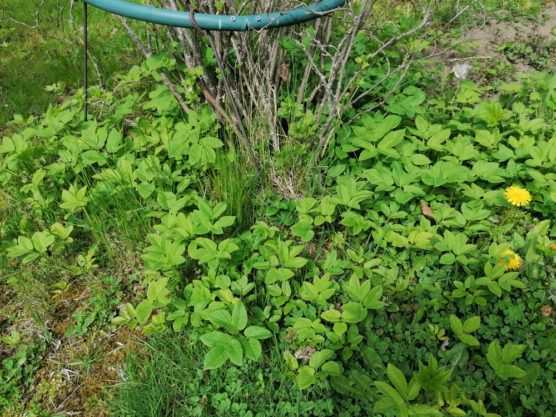
It’s commonly called a weed while it’s not. But the word is enough to guess this plant isn’t one you should consider growing in your garden. Despite its lovely ground cover and variegated leaves, you’ll start to hate it under weeks of the plantation.
What seemed like a pretty good ground cover and first would become a pain in your ass as it multiplies by underground runners. One day or the other, you’ll have no option than to eradicate Snow on the mountain from your garden. And I tell you, it’s as stubborn as weeds, and it might take more than a couple of garden seasons to eliminate it.
3. Mint
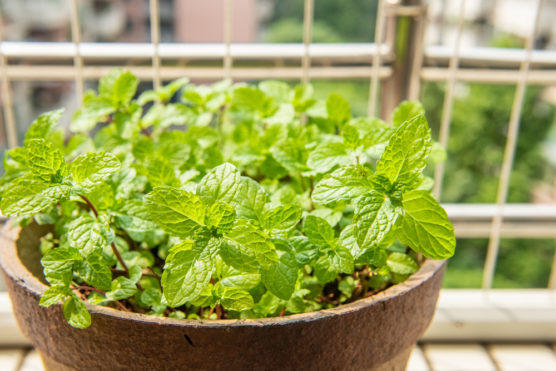
Plants aren’t just about their beauty but the medicinal qualities they exude. And mint is one of the medicinal herbs everyone wants to have at their home. A glass of mint juice in the morning refreshed like nothing. It’s an exciting chiller in the summers and helps treat digestive issues.
Moreover, it is excellent for dips and garnishes. But these fragrant plants are better off growing in a container instead of the garden. Because mint is quite greedy and spread in a weed-like manner in the garden, it can be seriously invasive and hard to remove from the garden.
4. Bittersweet
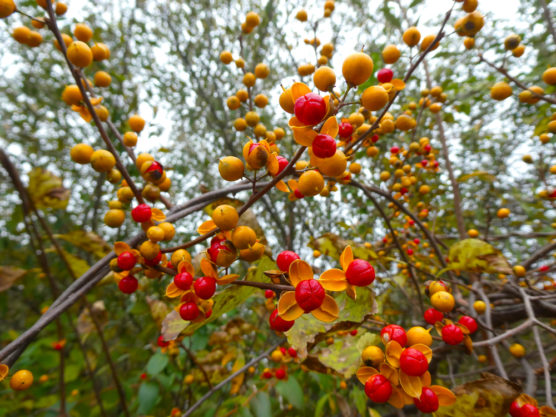
You’ll come across three categories of bittersweets- Oriental bittersweets, American bittersweet, and bittersweet nightshade. Bow if you have the former, i.e., Oriental bittersweets in your garden, it could turn out hazardous for other plants around it.
In fact, it’s one of the most invasive plants in America. The most attractive of them is American bittersweet that yields dazzling red and orange berries. All these plants, apart from being invasive, can also be toxic. So, you should consider decorating your home with them but avoid planting in the garden.
5. Burning Bush
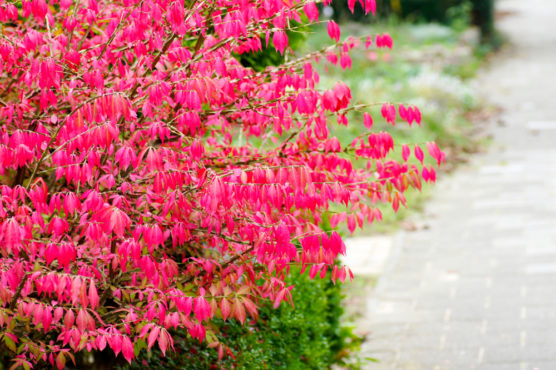
At their best in the Autumn season, it is hard to look away from the gorgeous pinkish-red or bright red leaves of a Burning bush. Its foliage is even more striking and wonderfully complements its vibrant red-orange berries. Despite all that, it’s not a plant you want to have in your little paradise.
It’s incredibly invasive and even banned at places around the North United States as well as South East. But if you can’t resist the temptation, plant them in isolation to offer your visitors a sacred view of the dazzling beauty.
6. Japanese Knotweed
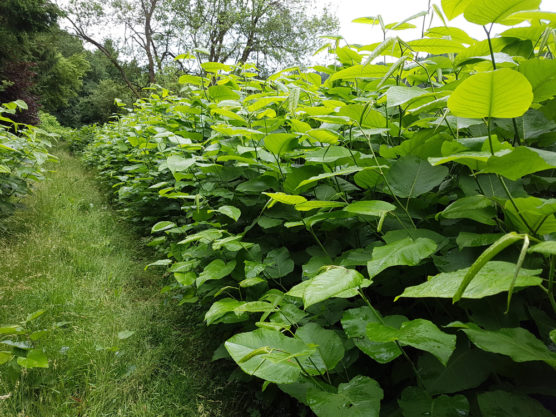
While most plants in this are hard to resist, Japanese Knotweed isn’t of them. Instead, it’s a foolish decision every sense of the word to have this one in your garden. Not only does the Japanese Knotweed look mediocre at its best with fluffy early Autumn flowers, but it’s also highly invasive in nature.
7. Kudzu
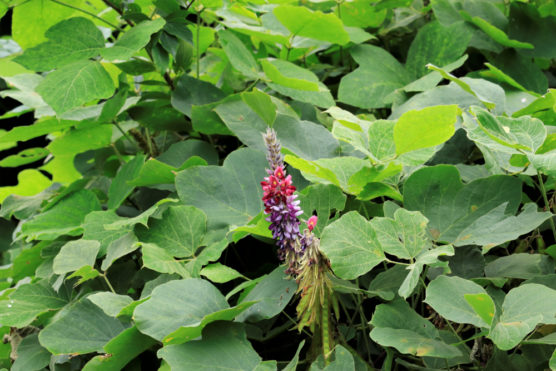
The big leaved ornamental vine provides a large ground shade with ample privacy has more problems than one. While its purple flowers do look quite spectacular, its fast-spreading nature overshadows every good it has.
Also called the king of invasive plants at some places, the Japanese Kudzu spreads faster than Flash. In the process, it robs and chokes off other plants along its way. Moreover, these are some of the hardest weeds to eradicate once grown to full measure.
It’d be wise to resist the temptation of having such excellent ground shade lest you want your while ground to disappear in a flash.
8. Garlic Mustard
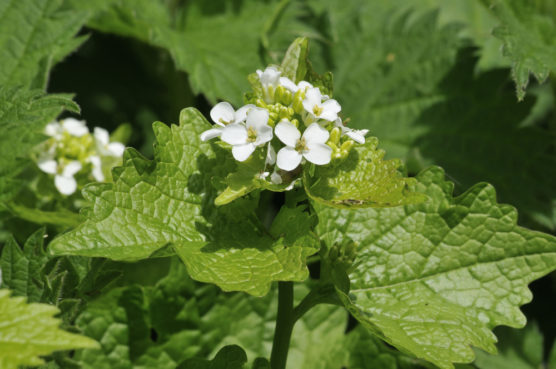
Garlic Mustard is a biennial veggie that strangely smells more like horseradish than the pungent mustard. Its lily-shaped leaves and white flowers make it a beauty to have in any yard. Moreover, it produces good eatable yield every year.
It can also survive most of the conditions, although plants around it may not. The garlic mustard seeds scatter and spread quickly. Moreover, once grown, they don’t die soon. They can survive for a period in your soil, robbing your yard of its nutrients.
It’s a better idea to foliage these rather than planting them. You may curb its wild nature that way.
9. Norway Maple
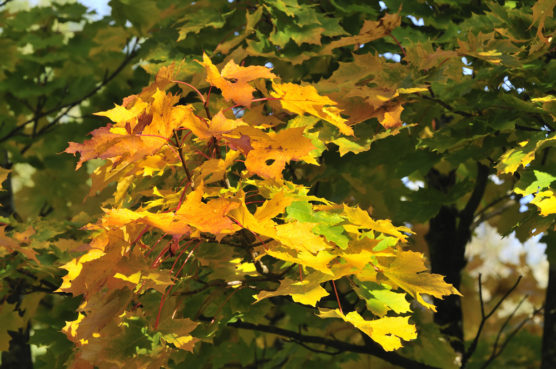
Talk about aesthetic trees, and you can’t miss out on Norway Maple. This large-leaved European tree looks as good as other maple trees with hexagonal leaves. The attractive grow fast and can handle a variety of weather and climates.
But its rapid growth pace is a double-edged sword. It becomes hungrier and feeds on other plant’s access to light, which, as a result, can be fatal for them.
If you’re a sucker for Maples, choose another one that natively grows around you. Fortunately, you’ll find enough of such options.
10. Japanese Barberry
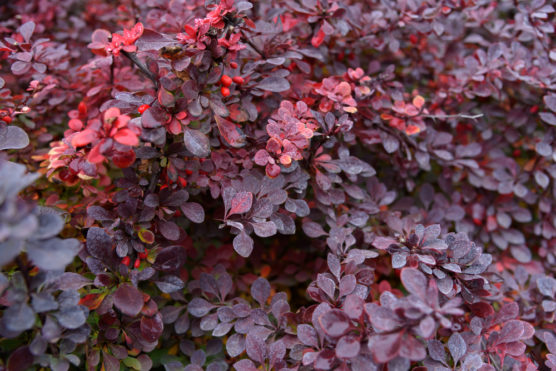
Of course, another invasive plant from Japan, Barberry, first came to North America as an ornamental plant. Its red berries and leaves instantly garnered praise, and it became a household name soon. It has an abundance of thorns, so you don’t want your children around them.
It is aggressive and can grow relatively quickly. Nurseries recommend it for places with Drought-like conditions or those who experience low sunlight. Pests naturally stay away from that, and it’s quite an allrounder overall.
But it has a close connection with Lyme disease-causing ticks. It also invades the territory of native species, so it’s always a risk having it in your garden. Choose other beautiful shrubs that might not come with such serious problems.
11. Autumn Clematis
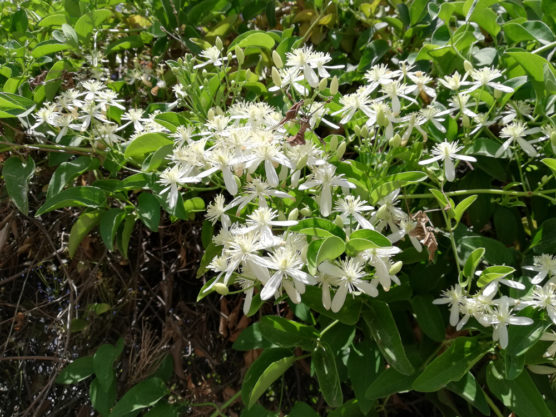
Varieties of Clematis are generally well-behaved and grow well. But Autumn Clematis is an outcast that hides in plain sight. The plant blooms beautiful white flowers and has gorgeous tiny leaves.
But the harmless-looking plant can be extremely invasive. Once it starts growing at a pace, it quickly spreads its roots all over your soil. Perhaps you won’t even believe that Clematis could do that to you.
But it does, and that’s not to say you should say no to Clematis. Instead, choose non-invasive varieties of Clematis that do what they promise and stay well-behaved.
12. Bamboo
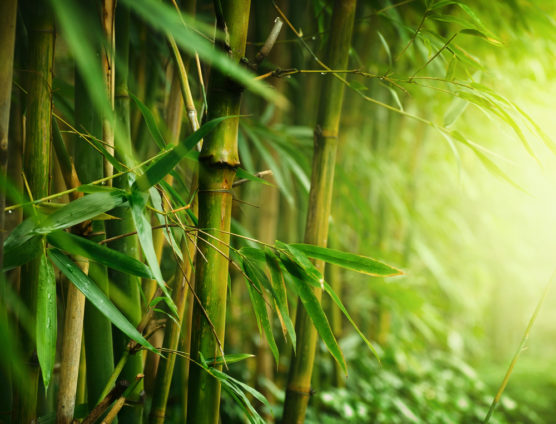
Bamboo stands out when it comes to appearance and can provide an exotic vibe to your garden. But it naturally grows thick and fast, spreading all over your garden before you can realize. You can, though, employ a few measures to control their Rhizomes from spreading, though.
One of them is to apply concrete or plastic root barriers to curb them from physically growing. You can also find species like Borinda, Bambusa Fargesia, Otatea, and Chusqeua that are much less invasive and grow relatively slow.
Chimonobambusa, Sasa, Indocalamus, and Pleioblastus are some of the species you must avoid planting in your garden because applying barriers can be quite a pain.
13. Mimosa Tree
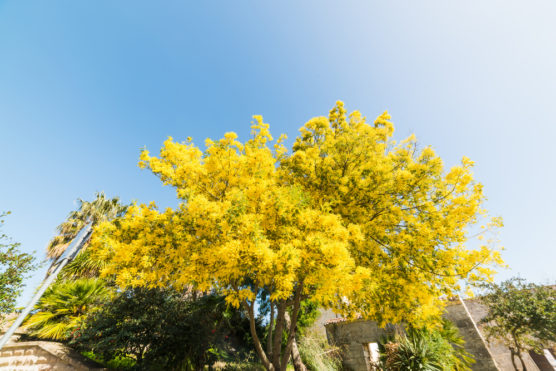
The Persian Silk Tree or Mimosa tree is a thing of beauty. Its silky pink flowers have a pleasant fragrance and look great at full bloom. It’s ideal for the romantics too. But sadly, these two are quite invasive, which means you are better off without this ornamental plant.
They reproduce frantically and can establish themselves even outside your yard. They look great on the roadside, and it’s wise to let them be there. You can, though, use them as a terrace or patio tree as their fern-like leaves display a beautiful filtering effect.
These were some varieties of plants that can be deceptive. Don’t get attracted by their beautiful appearance as these plants could wipe off your garden quickly. Think of other ways to plant them, like in a container or indoors if you want them so badly.
